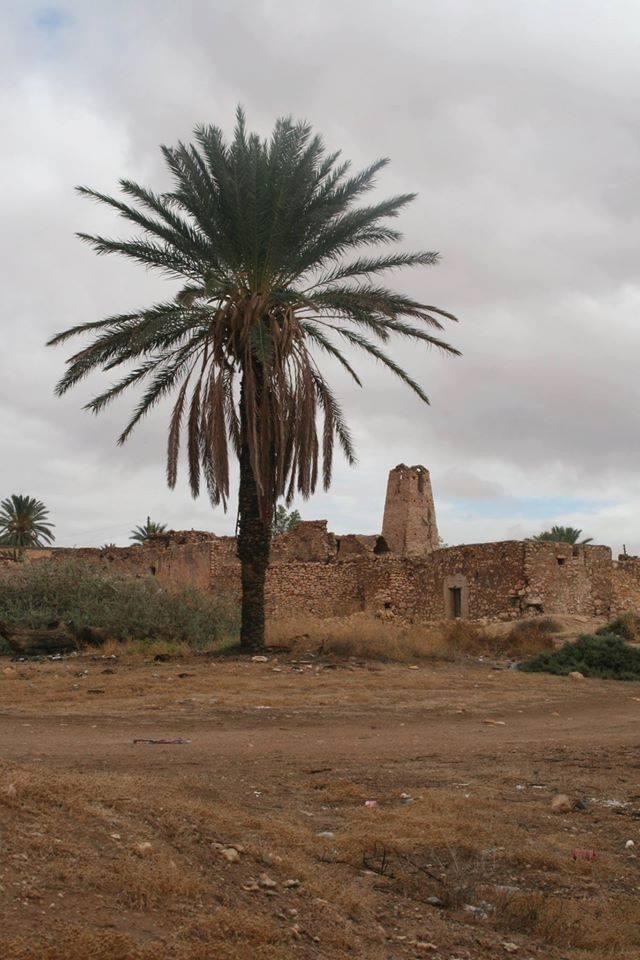It is located in western Libya under Nafusa mountain, about 200 km away from the Libyan capital, Tripoli.
It is bordered by Shakshuk to the east, Tiji to the west, and Al-Wattia to the north.
The town is divided into three regions, which are: Al-Jawsh Al-Saghira from the east, Ain Al-Zawiya in the middle, and Al-Jawsh Al-Kabir from the west.
History
Al-Jawsh is a historical area with many archaeological buildings dating back hundreds of years, which was the residence of its people.
The people are considered one tribe consisting of about 5,000. Their origin comes from the "Arabs of Qawaid", who came from the Arabian Peninsula, where some of them went for jihad in the mountainous regions during the Italian occupation, and when each city was conquered, some of them remained there, until the traveler reached Al-Jawsh.
The people of the city of Al-Jawsh had a great role against Italian invasion, one of its most famous of the Mujahideen: the Mujahid Al-Mabrouk Ali Al-Jawashi, he participated in the first battles of the Italian invasion of Libya, and when the Italians tried to control the city of Al-Jawsh in 1917, Al-Mabrouk stood up to them with the sons of his town and were able to repel the aggression.
It has a palm oasis, which is known as the forest, and it has springs that were considered a main source for drinking and irrigation, which are (Ain Al-Zawiya), (Ain Hamad), (Ain Al-Ratm), (Ain Balaa), (Ain Hussein), (Ain Ali), ( Ain Khanjali, (Ain Al-Atla), (Ain Al-Jadida), (Ain Al-Owainat), (Ain Al-Wadi) and others.
It has also an ancient cemetery, in which the honorable guardian, Sidi Mohammed Bin Salem, (Abu Shaybah and the Black Tongue), was buried.

